Proposal to add solar energy to bond rebuilding project
By Margie Doyle
Updated April 30 at 9:30 a.m.
Amidst budget uncertainties that extend beyond the regular Washington State Legislative session, the Orcas Island School District (OISD) Board approved hiring Kathryn Page as the new Elementary Principal.
While not setting a salary for the new administrator, who will start this September, the Board approved the hiring of the new K-6 Principal, who comes to Orcas Island with more than 12 years of elementary and middle school experience. She was the top candidate of every member of both of the committees that vetted the selection process:
- OISD Staff committee members Roann Mietzner, Anne Ford McGrath, Mandy Gaylord, Lorena Stankevich, Nancy O’Brien and Phil Carter;
- Parent committee members: Kate Long, Natasha Meskew, Jessica Hanson, Cathy Ferran, Erika Harlow, Cathy Faulkner.
The Board directed Superintendent Barbara Kline and Board President Chris Sutton to decide upon the Elementary Principal’s salary in negotiations with Page.
As reported earlier in Orcas Issues,
Current Elementary/Middle School Principal Kyle Freeman was given the choice of remaining as the Elementary Principal, or becoming Principal for the upper grades, and decided to make the move.
Superintendent Barbara Kline said the reasoning behind the two principals (she currently divides her time between duties as Orcas High School Principal and District Superintendent) is “to support the students and support the teachers.”
The Administrative Structure Review Committee is also considering a different structuring of district office jobs, Kline reported.
The plan for 2013-14, then, is for Ms. Page to become K-6 Principal, Mr. Freeman to be Middle/High School Principal (grades 7-12). Superintendent Kline will no longer act as High School Principal, as she has for the past five years.
Keith Whitaker, District Business Manager, presented the regular business report and related documents. He said the monthly ending fund balance for March was “higher than anticipated” at $236,000.
Minimum Education Plan
Later in the meeting, the OISD board approved the Minimum Education Plan, which calls for the reduction in force of 14.14 Fulltime Equivalent staff positions, including 11 Alternative Learning Experience (ALE/OASIS) teachers. In presenting the plan to the board, Superintendent Barbara Kline repeated, “It is important to say this is the floor we’re building on.”
While the Minimum Education Plan spells out the certificated teaching staff that will be contracted for the next year, it doesn’t include any revenue projections, chiefly because funding is yet to be decided upon by the State Legislators, whose regular session concludes April 28.
Kline spoke of her two days of “beneficial” meetings with state legislators, officers and staff in Olympia last week. OISD has a good reputation within the Alternative Learning Experience programs in the State, meeting all requirements and providing a solid, online-based program. It is not a hands-off remote experience for Orcas’s ALE students, with many personal contacts, textbooks, lab and other school supplies supplementing the information provided online. Orcas’ student/teacher ratio is 35/1, and the primary student contact must be with a certificated teacher.
Kline said that on Thursday, April 25, the Appropriations Committee Chair defended Alternative Learning Experience programs, and that she is hopeful the Orcas OASIS/ALE K-12 program and schools will be allowed to continue much as in past years.
The costs of the Athletics and Library programs were presented to the Board, coming to $140,000 for the Athletic Program. If teams continue to compete in playoffs beyond the regular season, they will need to fund-raise for those expenses.
To be fully functional — open daily from 8:30 to 3:30 p.m. with one hour of overlap of two library personnel — the school library program would cost $54,485, according to current estimations. Since Library and Athletics staff are classified employees, their budgets offer more flexibility than certificated positions, which must be contracted by May 1.
The next meeting of the Board will be its May 8 Budget Workshop, where the discussion of funding athletics, the library and other programs will be discussed. The next meeting of the Budget Advisory Committee is scheduled for May 14.
Although the Board spoke in glowing terms of the Liz LeRoy of Alliance Management as the selected Project Manager for the $11.9 million bond project, they tabled until the next board meeting approval of her contract.
They also tabled approval of an Administrative Salary Scale.
Solar Power for the Schools
Current OASIS teacher Bob Dash spoke to the board about the benefits that could be derived from implementing solar power and educating students, teachers and staff about new energy technologies.
Dash cited his experience with photovoltaics (solar power), which included worked with the largest installer of solar panels in the state, and installations at Bainbridge Island City Hall and North Kitsap High School. He said he was trying “to gauge interest here and whether we can go forward.”
He said one option for going forwards would be to conduct school site evaluations: the high school building affords the best possibilities, he said while the Elementary School suffers from “pock marks caused by HVAC installations.
“There is the potential for quite a bit; it doesn’t have to be school funded,” Dash said, and suggested community investment might be valuable, although laws require that the building where the technology is located must purchase the investment by 2020.
“Current state and national laws allow favorable investment incentives to install solar [panels],” Dash wrote to the School Board. “One state program provides for utilities to reimburse investors up to $1.08 per kilowatt-hour of energy produced. This program sunsets in 2020 — it behooves us to have a timely discussion for this community solar option.
“It will take up to two years to complete upgrades specified in the bond, which gives time …to find ways to manifest this project,” Dash concluded.
Dash spoke of consultations he’d had with OPALCO’s General Manager Randy Cornelius, who said that the Orcas school campus presented better sun exposure and with potential grant funding would make a logical project partner. Dash also mentioned teacher Brett McFarland’s experience in solar energy and providing curriculum training and development.
Dash said considerations of the dimensions and condition of the high school roof need to be weighed, including installation and warranty. Also proper ongoing maintenance to reduce pollen and dust is required. Explaining the project sufficiently to the community is a major consideration, he added, as well as leases, liability and insurance.
He estimated the annual return on investment of 40,000 kw hours per year, which translates to about $4,000.
The Board advised Dash to continue to explore this project, looking at the legal and financial specifics in talks with OPALCO and Mahlum Architects.
**If you are reading theOrcasonian for free, thank your fellow islanders. If you would like to support theOrcasonian CLICK HERE to set your modestly-priced, voluntary subscription. Otherwise, no worries; we’re happy to share with you.**
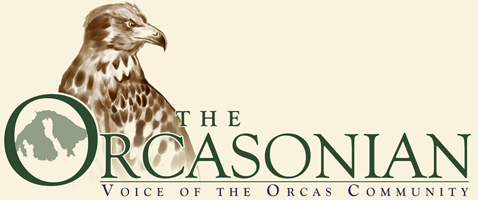

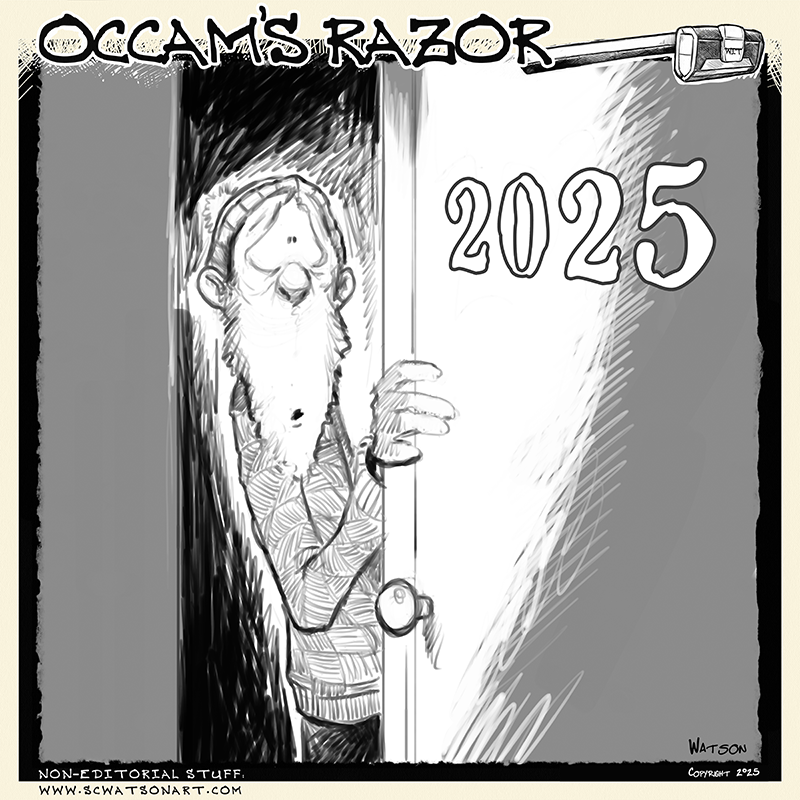


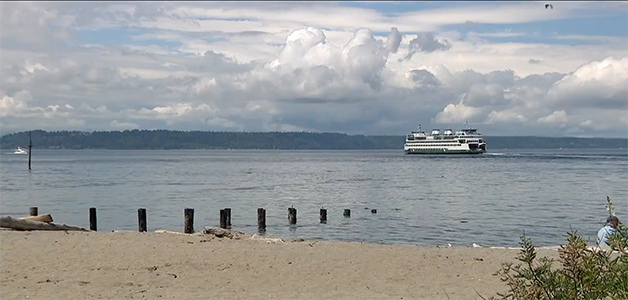
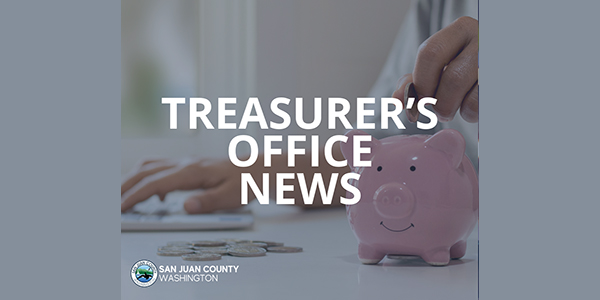
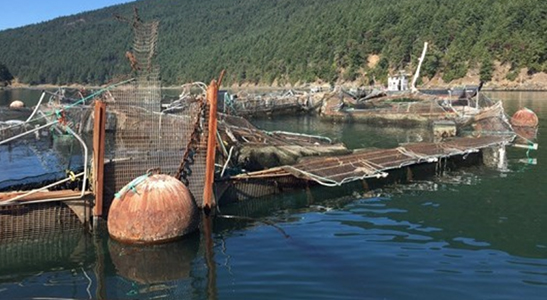
Please give the public clarification as to the
changes for the future principal’s positions and superintendent status.
Thanks Pierrette, I just updated the article to clarify the principals’ and superintendent’s positions.